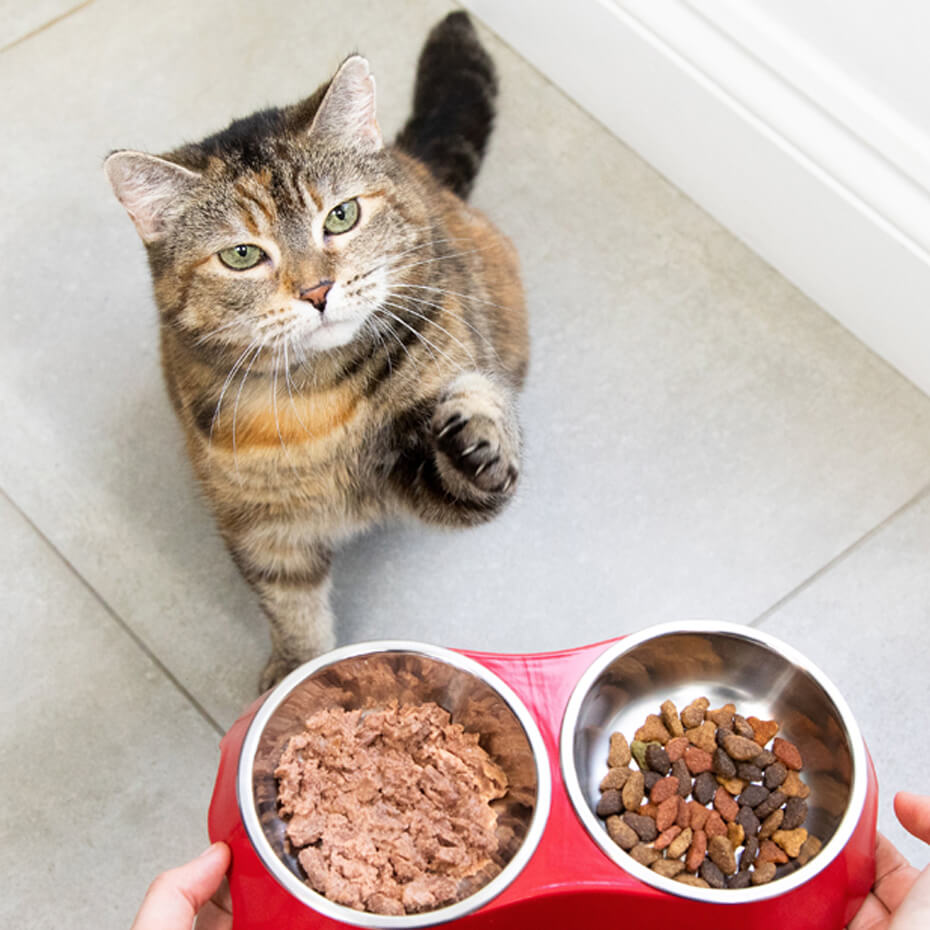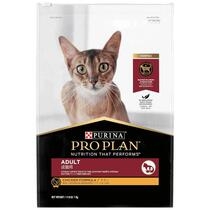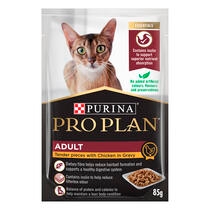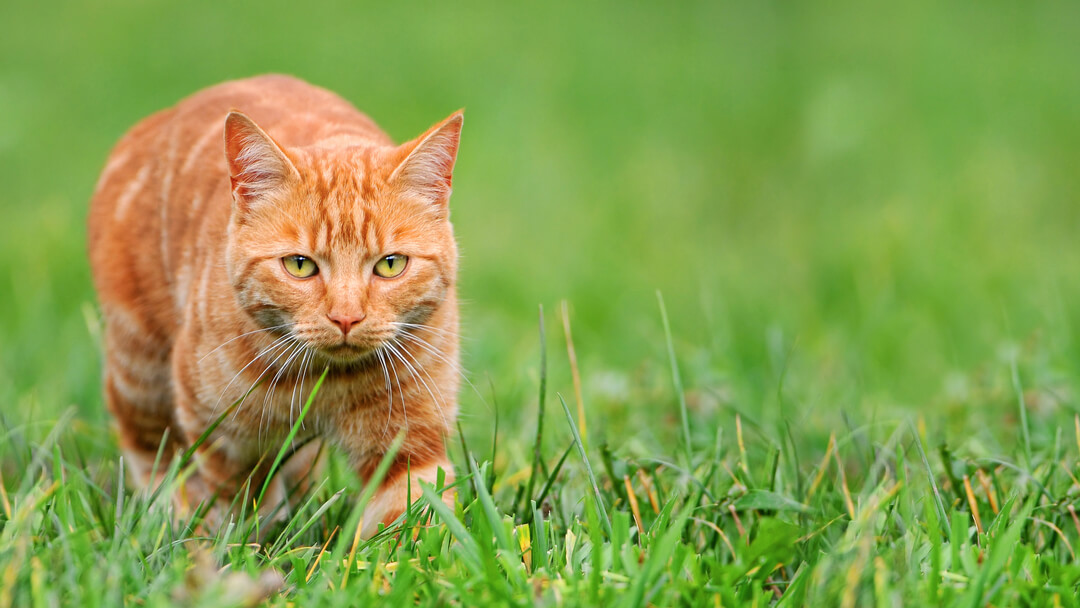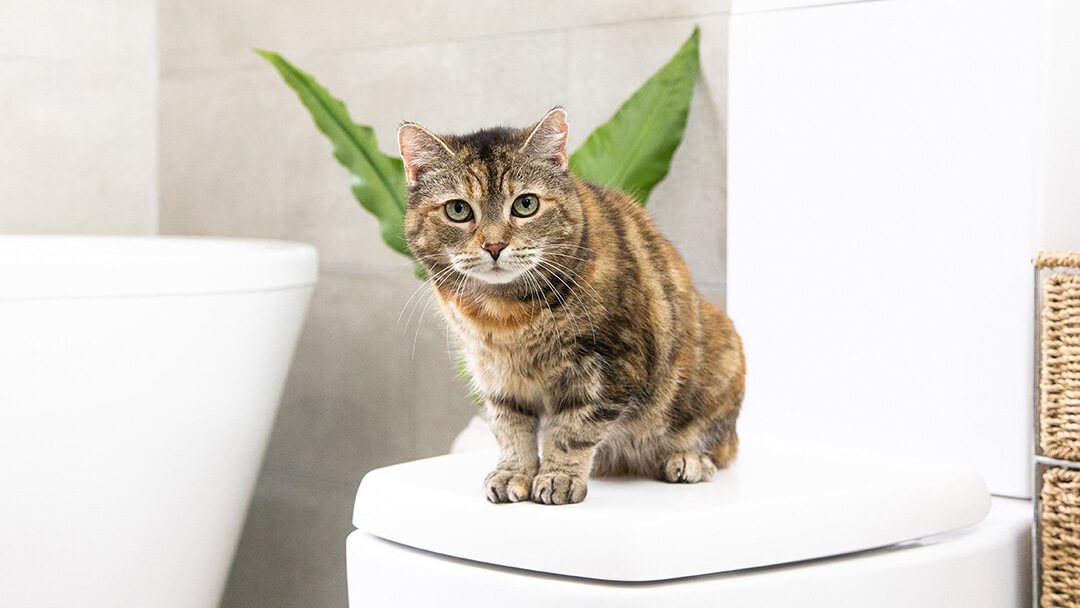
Key Elements of Your Cat’s Health
Exercise and play are important parts of keeping your cat healthy. Even indoors, your cat needs to play, jump, and run in order to keep her body in the best condition possible. Exercise will help keep your cat from becoming obese, as well as keeping her stimulated and interested in the world around her. The outdoors are dangerous for a indoor cat, but if you do decide to take her outside, make sure she is on a leash.
Guidelines for Purposeful Play
We believe play isn’t just fun – it can accomplish something! To make playtime mean more, think of your cat’s natural talents and encourage them. Cats love to chase and pounce, as well as jump to high areas and hide in holes or under objects.
Enrichment vs. Bad Stress
A session of purposeful play can introduce your cat to novelty and enrichment, like new smells, a variety of new textures, or new toys, that can offer her unique and beneficial challenges when they’re not presented in an overwhelming manner.
Usually, play is beneficial, although play that’s too aggressive or that lasts for too long can lead to overstimulation. A good tip is to end a play session while your cat is still having a great time. This leaves her excited for her next session, rather than exhausted.
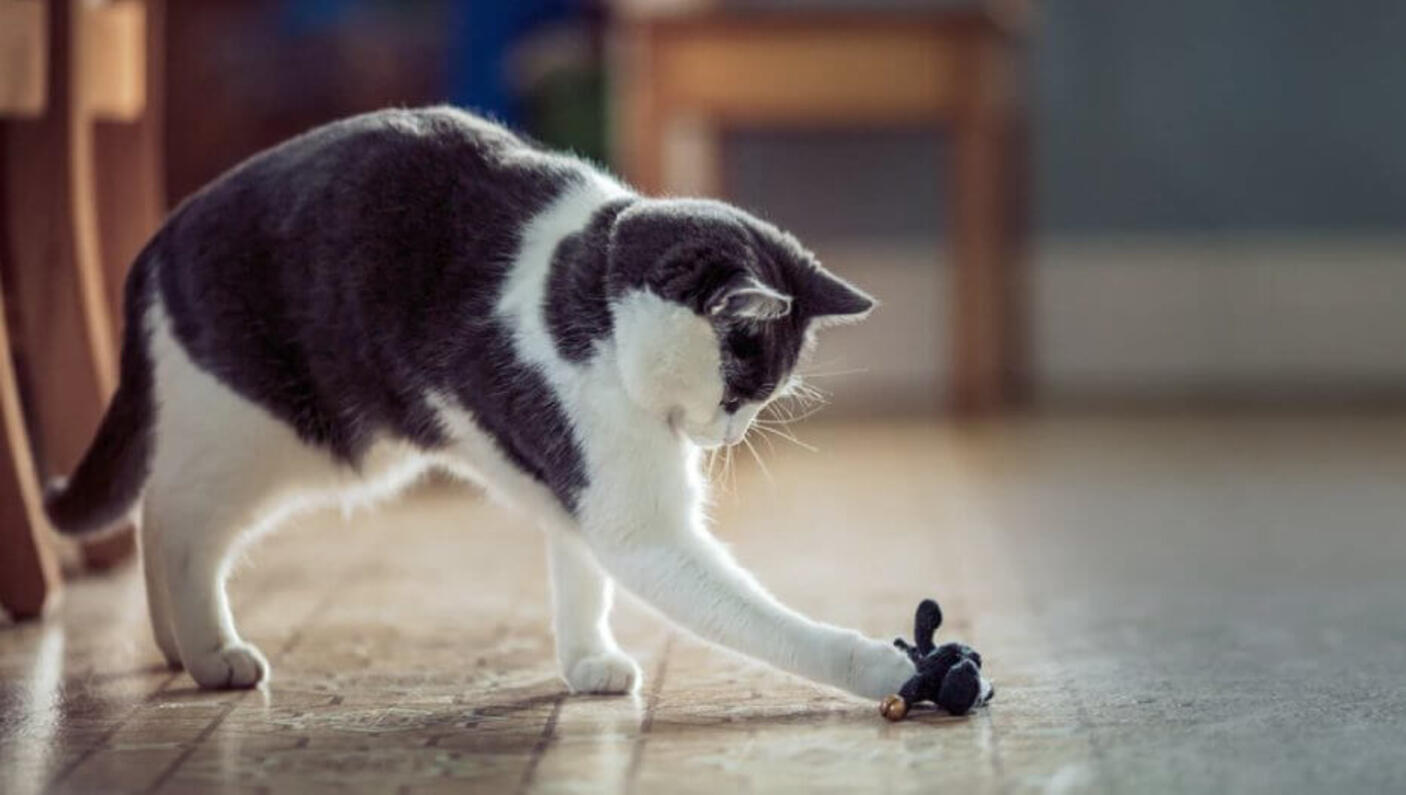
Benefits of Play
Playtime helps your cat stay in touch with her instincts, relieve stress and build and maintain muscle tone. Done right, it challenges your cat to solve problems with her mind, and be quicker and more lively with her body. Many different types of toys can simulate movements that would be part of your cat’s behaviour in the wild, like chasing and hunting.
Play and Socialisation
In many shelters, a big part of getting cats and kittens ready for the adoption floor is having volunteers and staffers play with them. That’s because play – even something as simple as chasing a toy – helps socialise cats and get them ready to be happy, healthy pets.
When it comes to socialising your cat with other cats, proceed with caution. Kittens often get along well together and don’t mind sharing space, but an adult cat that considers her living space her territory may react badly to a new cat or kitten entering that area. If you choose to have a cat visit your home, provide your own cat with a place where she can hide and feel safe if she isn’t ready to interact with another cat.
Remember: Keep Your Cat’s Age and Health in Mind
As you play with your cat, consider her needs and present physical condition. An older cat may not be able to jump to a high shelf on a cat tree, or may show less interest in toys and pouncing.
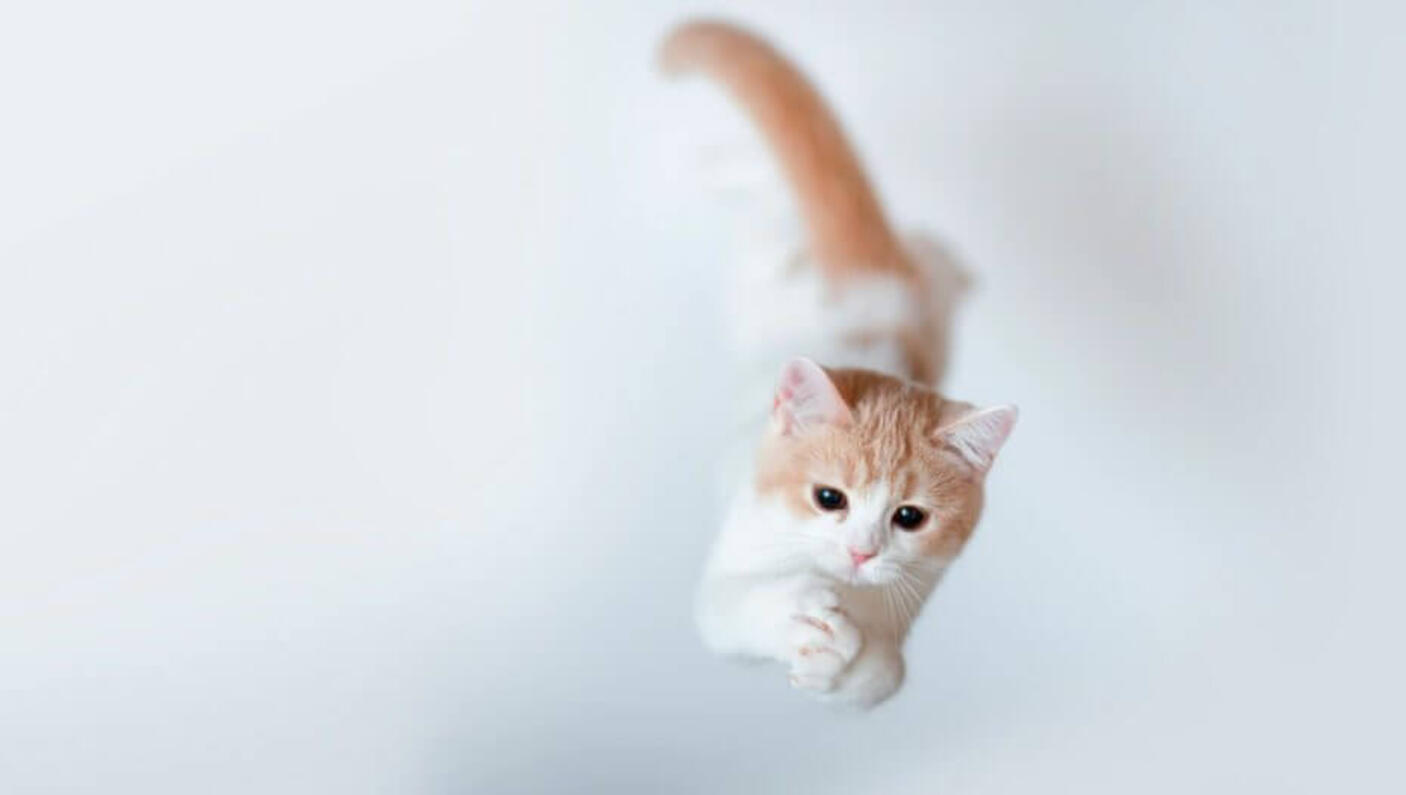
Be Aware of Your Cat’s Instincts
Pouncing and stalking behaviours are perfectly normal for cats. Don’t be afraid when your cat performs these actions. It doesn’t mean that she’s angry or wild, nor will it encourage aggression. That said, if your cat does bite or scratch you during play, stop whatever you’re doing and try something different. This will let your cat know that scratching and biting aren’t acceptable, and will also ensure that you’re not continuing an activity that your cat finds threatening or unpleasant.
Ways to Play with Your Cat
1. CHASE THE “PREY”
Use a toy to simulate the movement of prey. By dragging a toy across the ground on a string, pausing periodically like an animal might, you’re encouraging your cat to stalk and pounce like she would in the wild. This will increase her speed and agility and stimulate her hunting instincts. It’s a good idea to keep the toy hidden until playtime in order to keep her interested in it.
2. CATNIP FUN
Stuffing catnip, a natural herb, into a toy or ball (or buying one that already has catnip in it) can stimulate your cat’s interest in a toy. Keep in mind, however, that not all cats are attracted to catnip.
3. RUN AND FETCH
It’s surprising, but many cats love to play fetch – or at least, chase after and catch a ball that you throw. Ball toys simulate the quick, unexpected movements of prey. Put a bell inside to get your cat’s attention, and roll or toss the ball so that she can see and chase it. Some cats respond particularly well when a ball is rolled or tossed into another room or around a corner.
4. PLAY WITH YOUR FOOD
Puzzle feeders and food distributor balls are toys that incorporate your cat’s food into a compartment inside. By rolling or pouncing on the toy, your cat can make it release a few pieces of food at a time. Using a puzzle feeder stimulates your cat’s desire to hunt and work for food. Remember to account for the food inside a puzzle feeder when determining your cat’s daily nutrition allowances.
5. GO FOR A WALK
While it seems unorthodox to many people, cats can be trained to walk on a leash, and many of them enjoy the activity. When you take your cat for a walk, she can experience the great outdoors while staying safe from cars, other animals, and getting lost.

